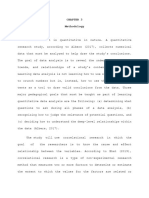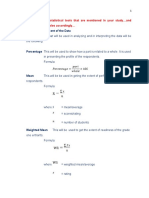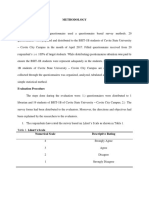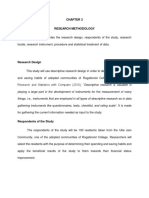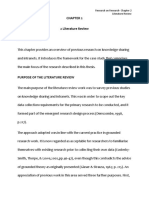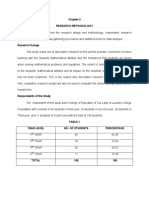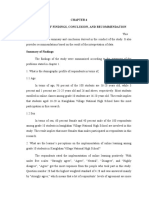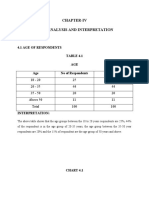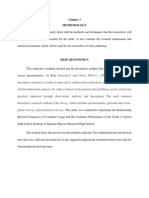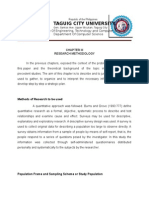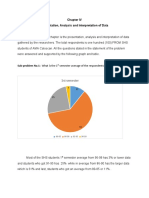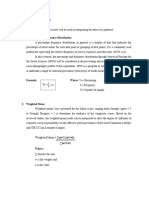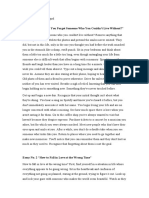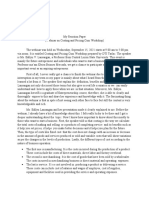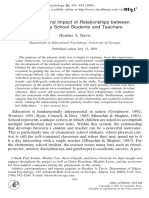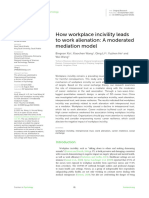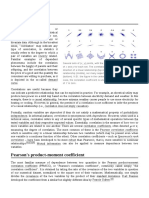0% found this document useful (0 votes)
792 views3 pagesSocial Media Impact on Nursing Students
The document describes the statistical tools used to analyze data from a study on the effects of social media utilization on online learning experiences. Descriptive statistics like frequency counts and percentages were used to analyze respondent profile data. A Likert scale was used to describe perceived effects, with the average weighted mean calculated. Correlation analysis with Pearson's Correlation Coefficient determined relationships between perceived effects and profile variables.
Uploaded by
Maria MiguelCopyright
© © All Rights Reserved
We take content rights seriously. If you suspect this is your content, claim it here.
Available Formats
Download as DOCX, PDF, TXT or read online on Scribd
0% found this document useful (0 votes)
792 views3 pagesSocial Media Impact on Nursing Students
The document describes the statistical tools used to analyze data from a study on the effects of social media utilization on online learning experiences. Descriptive statistics like frequency counts and percentages were used to analyze respondent profile data. A Likert scale was used to describe perceived effects, with the average weighted mean calculated. Correlation analysis with Pearson's Correlation Coefficient determined relationships between perceived effects and profile variables.
Uploaded by
Maria MiguelCopyright
© © All Rights Reserved
We take content rights seriously. If you suspect this is your content, claim it here.
Available Formats
Download as DOCX, PDF, TXT or read online on Scribd
/ 3
